Time Capsule: 1964
The Beatles stormed America, China detonated its first atomic bomb, and New York City hosted a World’s Fair for the ages
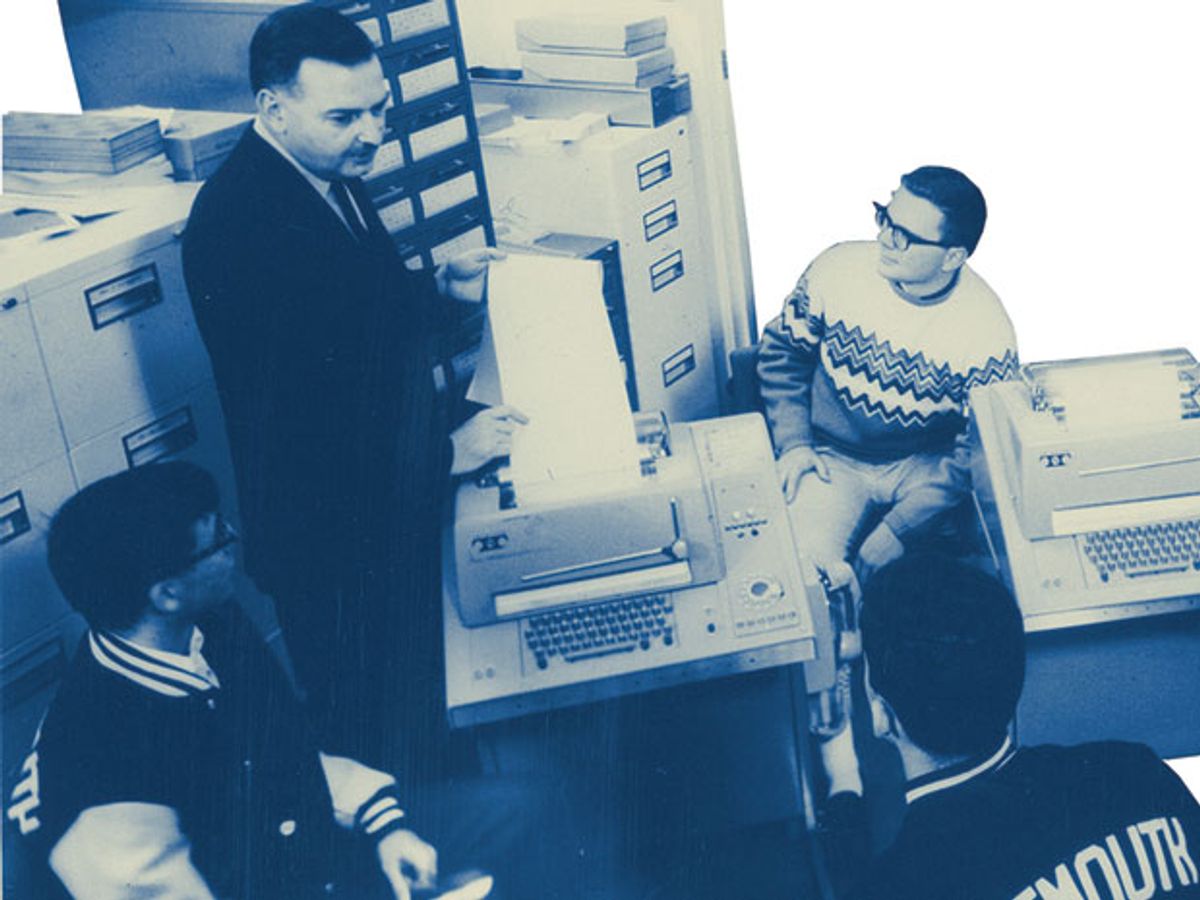
Fifty years ago, as IEEE Spectrum was publishing its first issue, the world of technology was abuzz with activity. Here, we fondly recall some of the seminal firsts from that extraordinary era.
Photo: Ford Motor Co.
Ford Mustang
The Ford Mustang made its debut in a cameo appearance in the hit film Goldfinger (1964), with Sean Connery behind the wheel. Although dealers expected to sell only 100 000 units in the car’s first year, sales topped 1 million within two years.
Photo: Porsche
Porsche 911
After its introduction in 1964, the Porsche 911 was powered by a legendary, air-cooled engine for 34 years. The current incarnation includes some 16 different models, with water-cooled, 6-cylinder engines ranging up to 420 kilowatts (about 560 horsepower).
Photo: Sharp Corp.
Sharp Compet CS-10A
After four years of development, Sharp Corp. introduced the Compet CS-10A desktop calculator in 1964. It was the first transistorized calculator produced by a Japanese manufacturer. It cost 535 000 yen, about the same as a subcompact car in Japan at the time.
Photo: Getty Images
China Tests Its First Atomic Bomb
It took four years for Chinese engineers to build an atomic bomb, which was detonated on 16 October 1964. In 2012, the Chinese government announced it would invest 6 million yuan, roughly US $960 000, to transform the abandoned nuclear test site into a tourist attraction called Malan Military Expo Park.
Photo: Moog Music
Moog synthesizer
In addition to debuting the Moog modular synthesizer at the 1964 convention of the Audio Engineering Society, Robert Arthur Moog also designed and sold more than 1000 DIY theremin kits while completing his graduate studies at Cornell University. Dozens of bands have used a Moog synthesizer, including The Beatles, Abba, and The Cure.
Photo: Alcatel-Lucent
Carbon Dioxide Laser Invented at Bell Labs
After finishing his Ph.D. at Stanford, Kumar Patel joined Bell Labs and led the team that developed the most powerful continuously operating laser. In 1964, the carbon dioxide laser was used for various applications, such as cutting diamonds, analyzing the upper atmosphere, and removing tumors.
Photo: NASA/AP Photo
Syncom 3
The first geostationary communications satellite, Syncom 3, transmitted live television coverage of the 1964 Summer Olympics from Tokyo. The cylindrical satellite was built by Hughes Aircraft Co. and weighed 68 kilograms fully fueled.
Photo: Dartmouth College
BASIC Computer Language Introduced
Two Dartmouth professors, John Kemeny and Thomas Kurtz, and a team of undergraduate students developed the BASIC computer language in 1964. During the mid-1970s, Bill Gates and Paul Allen catapulted BASIC’s popularity when they wrote a version of the language for the MITS Altair 8800.
Photo: University of Illinois
Plasma Display Panel
The first plasma display panel, demonstrated in 1964, was a scant four by four inches. Its inventors, Donald L. Bitzer, Hiram Gene Slottow, and Robert Wilson at the University of Illinois at Urbana-Champaign, were recognized with an Emmy Award in 2002 for their achievement.
Photo: IBM
IBM System/360 Mainframe Computer
When it was introduced in April 1964, IBM’s System/360 was the first commercially available mainframe based on integrated circuits. The machine ranged in speed from 0.0018 to 1.7 million instructions per second. By comparison, the iPhone 5s can execute around 18 200 MIPS.
Photo: Atlas Computer Laboratory
International Computers Ltd. 1900 Mainframe Computer (United Kingdom)
The IBM System/360’s main European competitor was the ICL 1900 mainframe computer by International Computers and Tabulators Ltd.), also introduced in 1964. By 1968 more than 1000 of the 1900 mainframe computers had been sold.
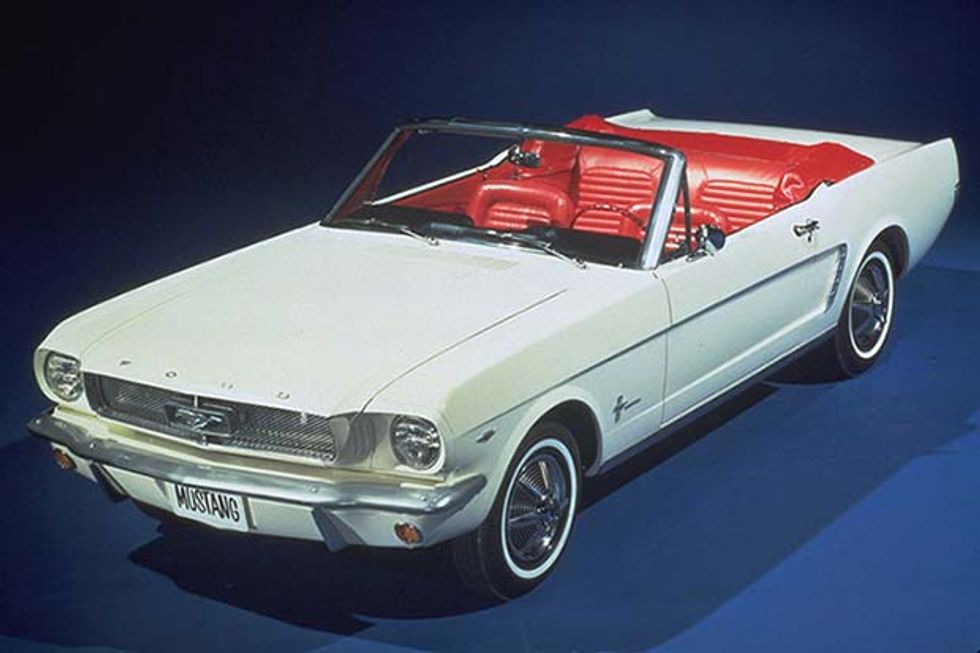 Photo: Ford Motor Co.
Photo: Ford Motor Co.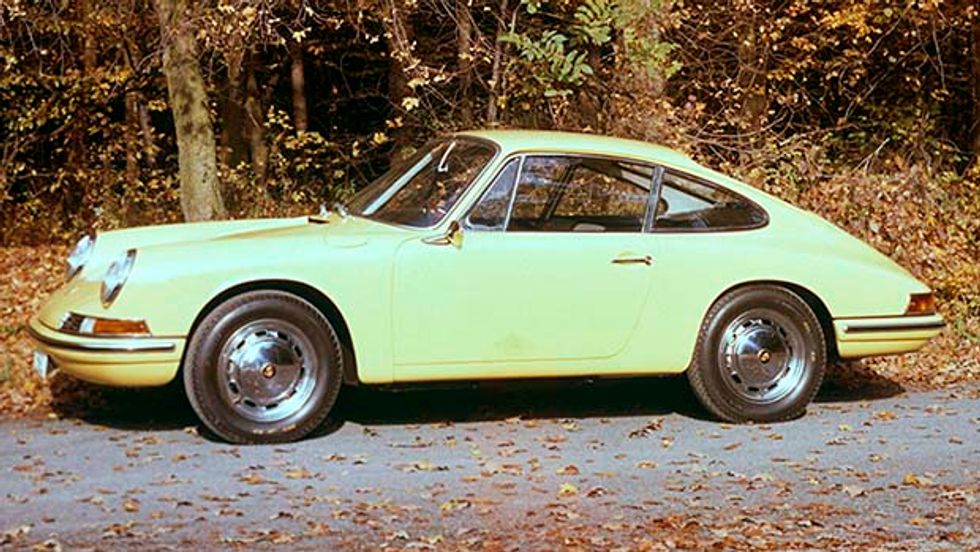 Photo: Porsche
Photo: Porsche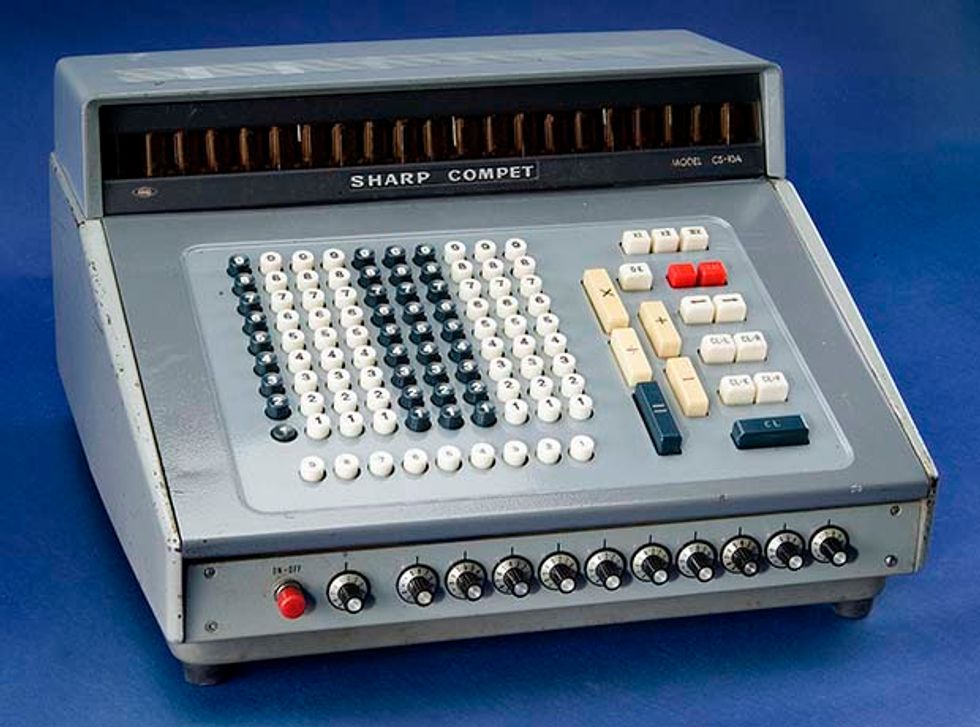 Photo: Sharp Corp.
Photo: Sharp Corp.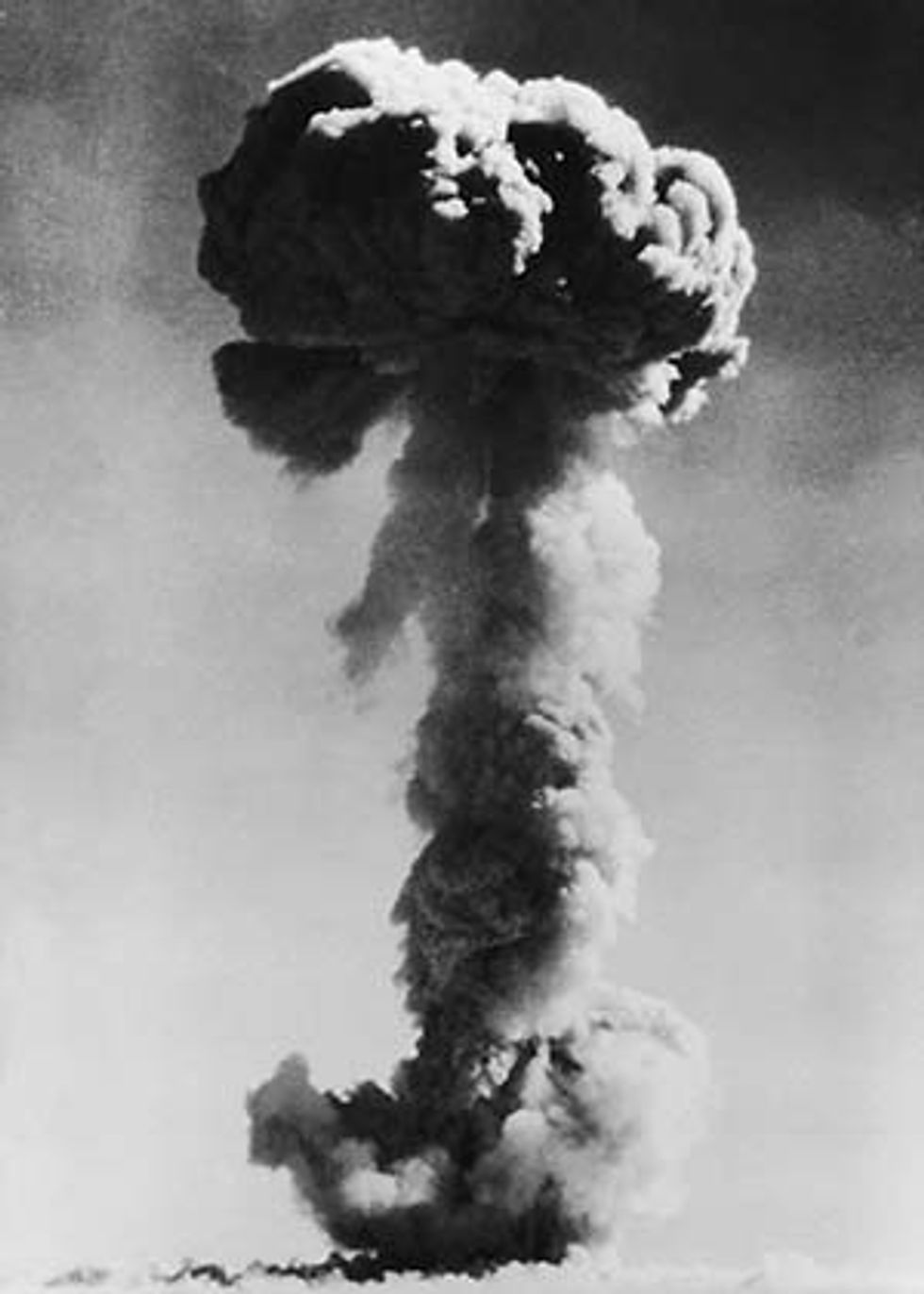 Photo: Getty Images
Photo: Getty Images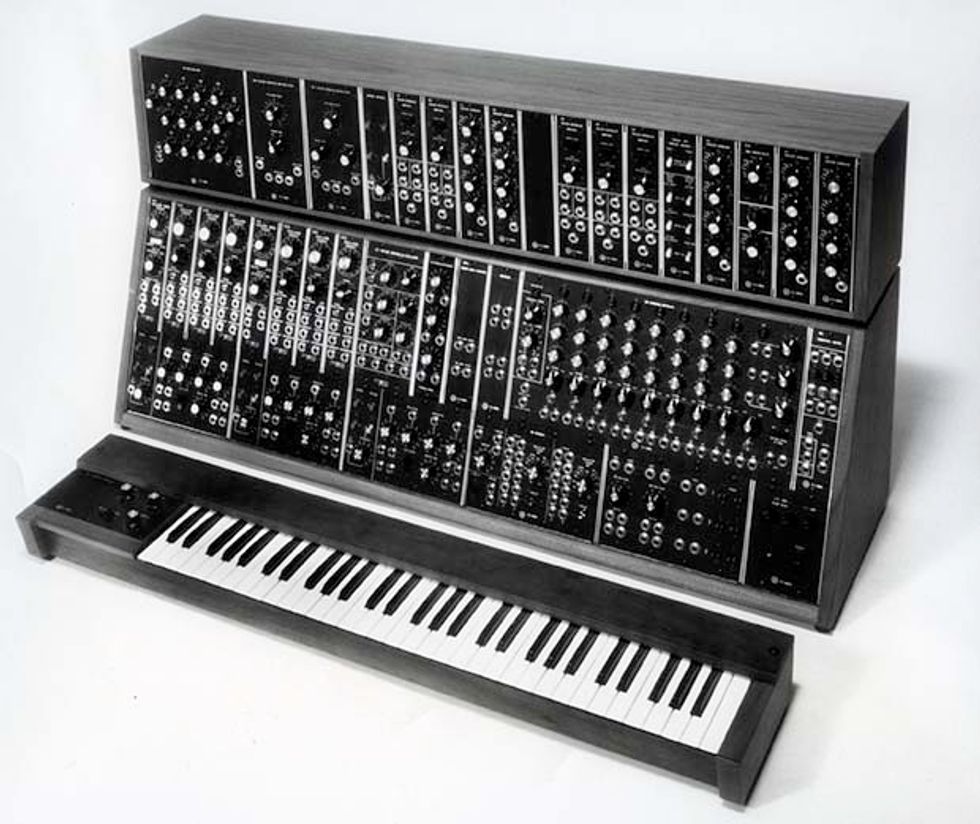 Photo: Moog Music
Photo: Moog Music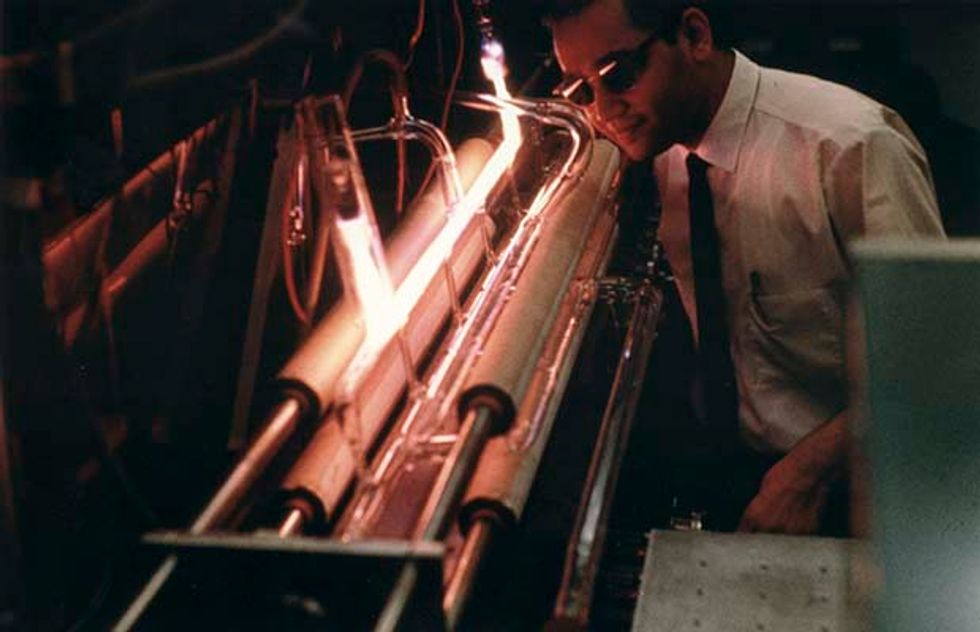 Photo: Alcatel-Lucent
Photo: Alcatel-Lucent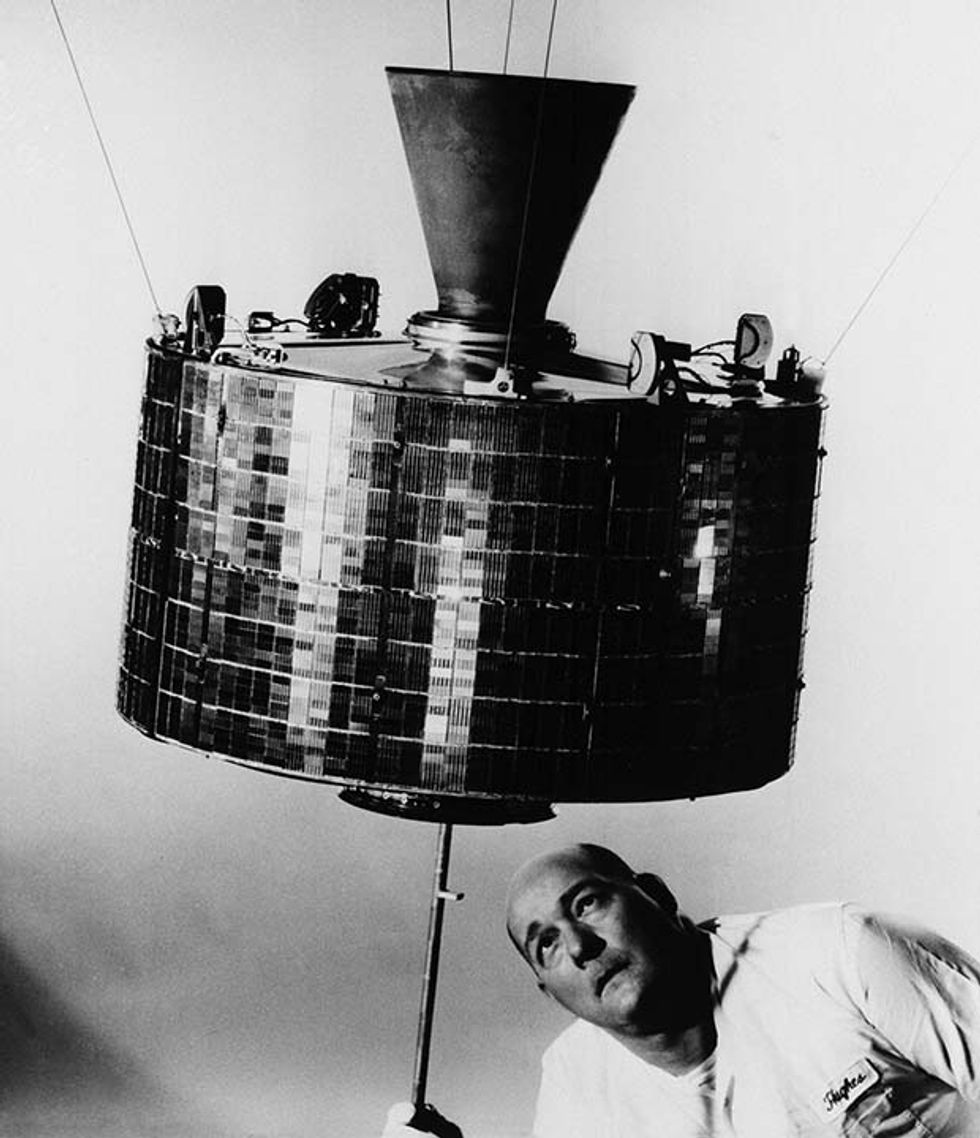 Photo: NASA/AP Photo
Photo: NASA/AP Photo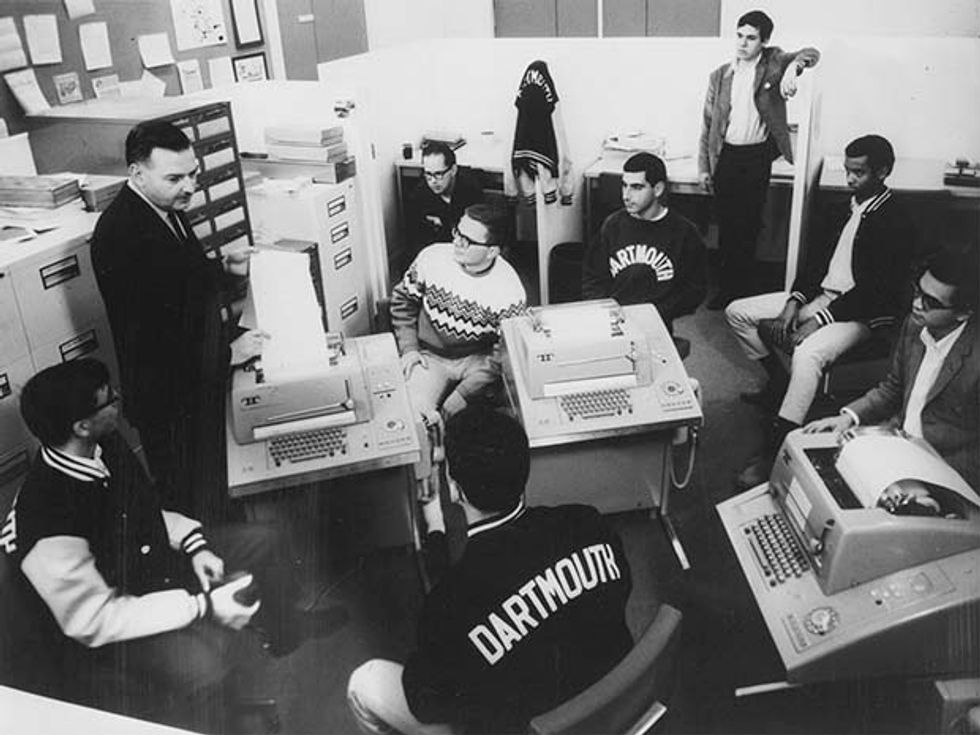 Photo: Dartmouth College
Photo: Dartmouth College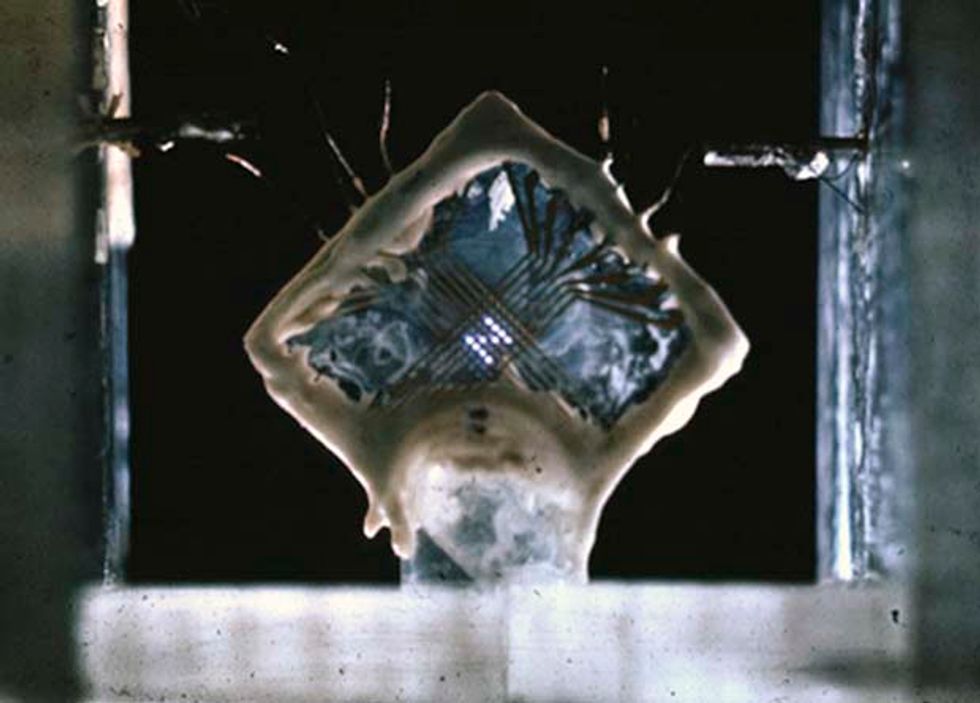 Photo: University of Illinois
Photo: University of Illinois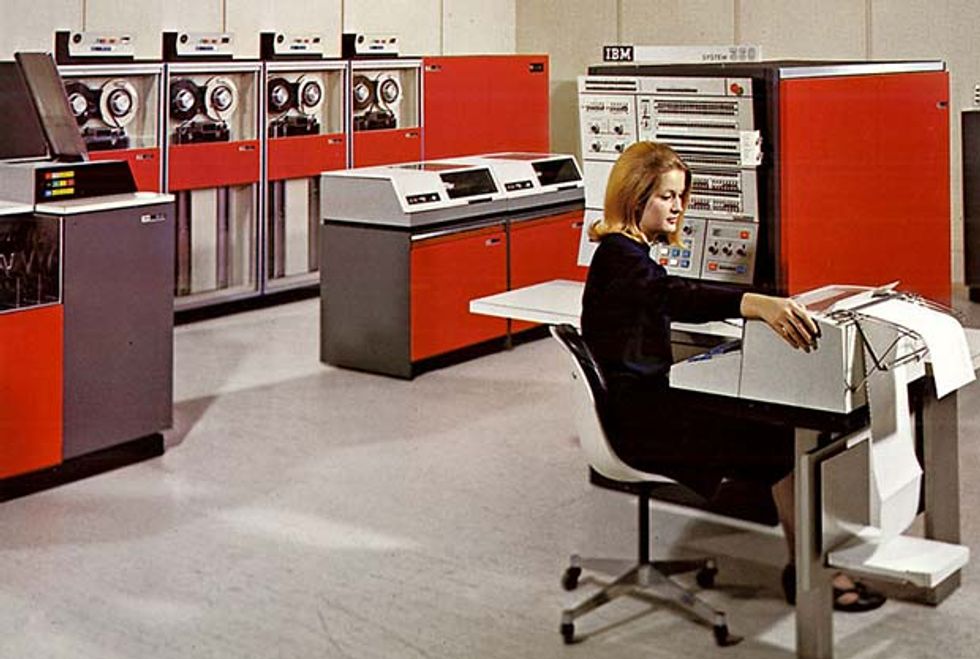 Photo: IBM
Photo: IBM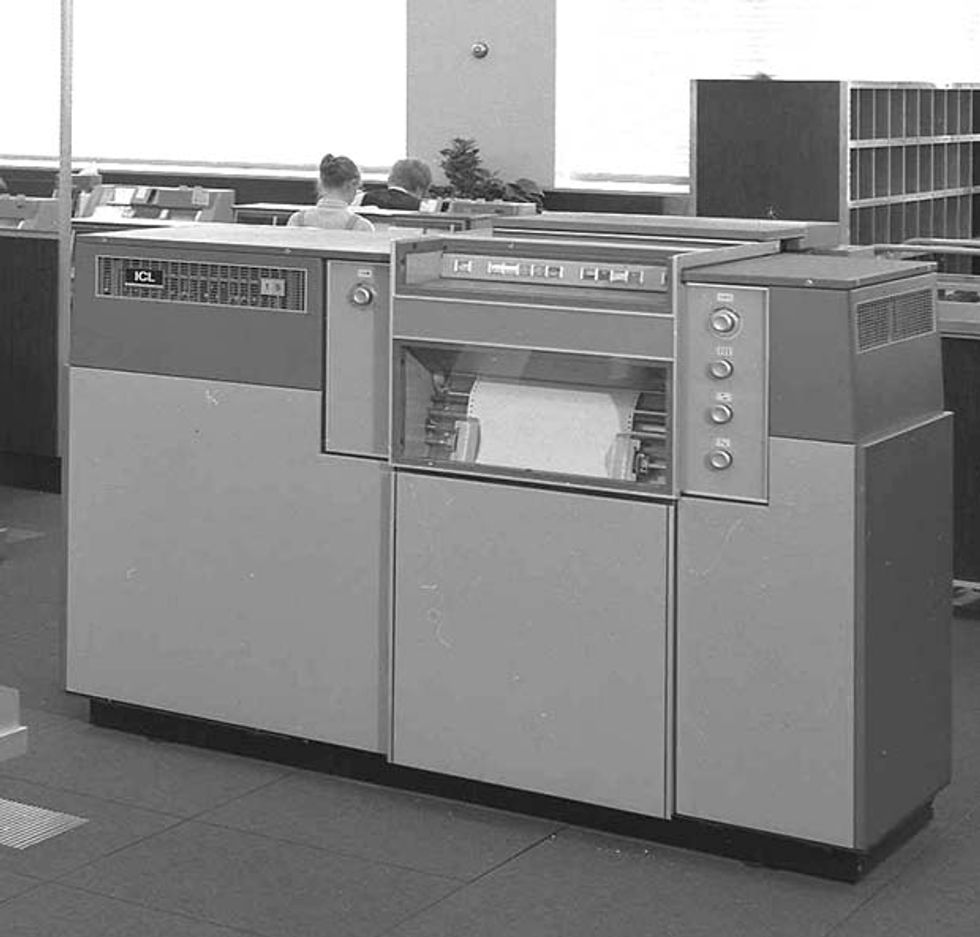 Photo: Atlas Computer Laboratory
Photo: Atlas Computer Laboratory